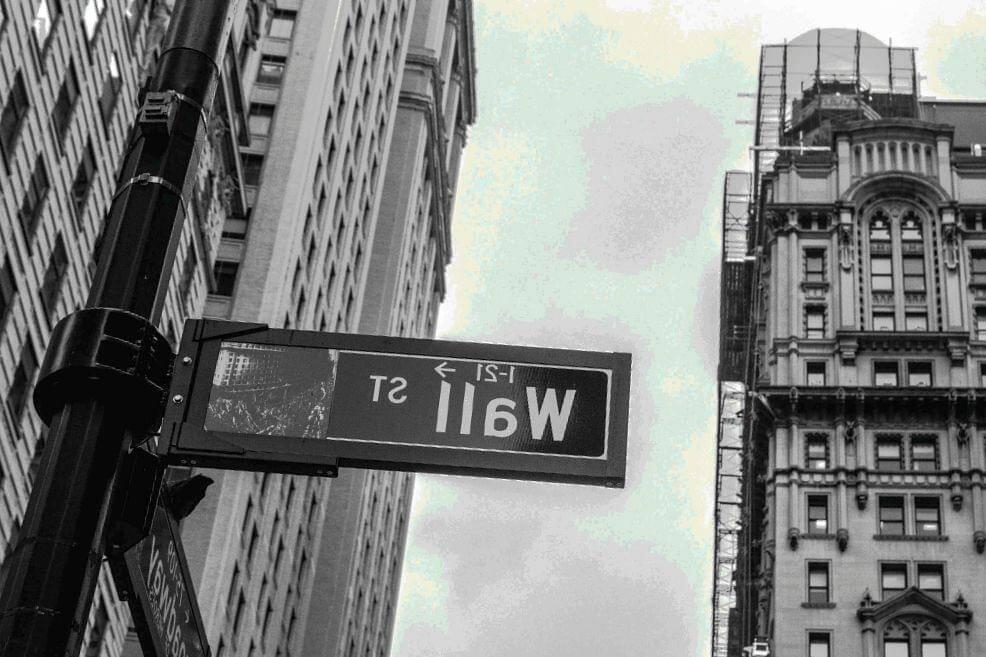
Historical volatility measures how much an asset has fluctuated in the past and is used by traders to gauge future price movements. Options buyers, on the other hand, have an advantage when implied volatility is substantially lower than historical volatility levels, indicating undervalued premiums. In this situation, a return of volatility levels to the baseline average can result in higher premiums when options owners sell to close positions, following the standard trading objective of buying low and selling high. Also referred to as statistical volatility, historical volatility gauges the fluctuations of underlying securities by measuring price changes over predetermined periods of time. This measure is frequently compared with implied volatility to determine if options prices are over- or undervalued.

Volatility is also used to price options contracts using models like Black-Scholes or binomial tree models. More volatile underlying assets will translate to higher options premiums because with volatility there is a greater probability that the options will end up in-the-money Forex atr at expiration. Options traders try to predict an asset’s future volatility, so the price of an option in the market reflects its implied volatility. Historical volatility, on the other hand, estimates past price fluctuations over a predetermined period of time.
Alternative measures of volatility
Most notably, you should always use this indicator as a complement to other indicators. Most traders use it in addition to indicators like the Average True Range (ATR), Bollinger Bands, and moving averages. Market volatility isn’t a problem unless you need to liquidate an investment, since you could be forced to sell assets in a down market. That’s why having an emergency fund equal to three to six months of living expenses is especially important for investors. One of the most commonly used methods for calculating volatility is the standard deviation. However, calculations of volatility and volatility ratiox may vary across the industry.
When Should You Buy SMA Solar Technology AG (ETR:S92)? – Simply Wall St
When Should You Buy SMA Solar Technology AG (ETR:S ?.
Posted: Wed, 06 Sep 2023 08:04:44 GMT [source]
Unlike indicators such as the Moving Average and Relative Strength Index (RSI), the Historical volatility indicator does not give signals and does not indicate when to buy or sell a crypto active. The indicator only measures high volatility or low volatility it was in the past. The historical volatility ratio shows the relationship https://investmentsanalysis.info/ between short-term and long-term average historical volatility. It is the percentage of short-term to long-term average historical volatility. Usually, a decline in the market’s short-term historical volatility below a certain percentage of its long-term volatility may indicate an imminent explosive move in the market.
Other indicators you can use to estimate historical volatility
By comparing the percentage changes over longer periods of time, investors can gain insights into relative values for the intended time frames of their options trades. For example, if the average historical volatility is 25% over 180 days and the reading for the preceding 10 days is 45%, a stock is trading with higher-than-normal volatility. Because historical volatility measures past metrics, options traders tend to combine the data with implied volatility, which takes forward-looking readings on options premiums at the time of the trade. Historical volatility (HV) is a statistical measure of the dispersion of returns for a given security or market index over a given period of time.
- Short-term volatility spiked to over 130% in the wake of the Monday collapse in stock prices before easing off and eventually dropping back to near 10% by the following March.
- By the time Black Monday rolled around, the SPX had already declined from the high by 16% while volatility was materially higher with a short-term reading of 25%.
- Historical volatility is an indicator of the extent to which a price may diverge from its average in a given period.
- The standard deviation indicates that the stock price of ABC Corp. usually deviates from its average stock price by $1.92.
- To assess whether options may be undervalued or overvalued, the historical volatility and implied volatility are compared to one another.
Also, a time when prices rise quickly (a possible bubble) may often be followed by prices going up even more, or going down by an unusual amount. Much research has been devoted to modeling and forecasting the volatility of financial returns, and yet few theoretical models explain how volatility comes to exist in the first place. Post-Brexit vote, volatility initially cratered from 46% back to 16% in only about a month before entering the typical post-event grind towards normalization of around 7% in six weeks’ time. A few months after that there was the Pound flash-crash in October that again saw volatility spiral higher momentarily.
What Does a High Volatility Mean?
In September 2019, JPMorgan Chase determined the effect of US President Donald Trump’s tweets, and called it the Volfefe index combining volatility and the covfefe meme. Yarilet Perez is an experienced multimedia journalist and fact-checker with a Master of Science in Journalism. She has worked in multiple cities covering breaking news, politics, education, and more.

This is because when calculating standard deviation (or variance), all differences are squared, so that negative and positive differences are combined into one quantity. Two instruments with different volatilities may have the same expected return, but the instrument with higher volatility will have larger swings in values over a given period of time. In the relationship between these two metrics, the historical volatility reading serves as the baseline, while fluctuations in implied volatility define the relative values of options premiums. When the two measures represent similar values, options premiums are generally considered to be fairly valued based on historical norms. Options traders seek out deviations from this state of equilibrium to take advantage of overvalued or undervalued options premiums. Most of the time, the stock market is fairly calm, interspersed with briefer periods of above-average market volatility.
How To Hedge Against Tail Risk In The Stock Market (Tail Risk Hedging Strategies)
In the short-term aftermath, the Dow price spent the next two weeks closing 6% higher or lower from the prior day’s session. Unlike indicators like the moving average and Relative Strength Index (RSI), the Historic Volatility indicator does not tell you when to buy or sell an asset. Second, there is implied volatility, which basically looks into the future and how volatile a stock could become.
Sterling was in a near-term upswing right before the results were announced, but GBP/USD ended up closing down 8% on the day that the vote was finalized. Now while this may have contributed to the decline, the market was already in a fragile state to begin with, as is typically the case when flash-crashes occur. To put volatility into perspective, the VIX had risen from 15 to 25 in the weeks prior, before rocketing past 40 on the day of the crash. Volatility actually didn’t finish rising until about three weeks later when the VIX hit 48. From there, volatility declined in typical fashion until early 2011 before popping again. In this chart, the green boxes highlight the volatility spikes during bullish phases and the red boxes when volatility spiked on selling.
In this case, it may be safer to stay out of the market until volatility reduces. Whether volatility is good or bad depends on the trader and their trading approach. For short-term traders, increased volatility may be necessary to make huge profits, but it also increases losses. For long-term trading, trend, rather than volatility, is very crucial to making profits. Volatility is important for traders because it affects the amount of risk they are taking on.
In his book, “Technical Analysis,” Jack Schwager introduced the concept of volatility ratio. Another common method of identifying rice ranges and patterns that can lead to trading signals is plotting historical volatility. It is calculated by dividing the implied volatility of an option by the historical volatility of that security. Despite that sometimes it displays clear signals for entry on the daily chart. Note that all the indicator points to are historical prices and their average deviation from these values.



